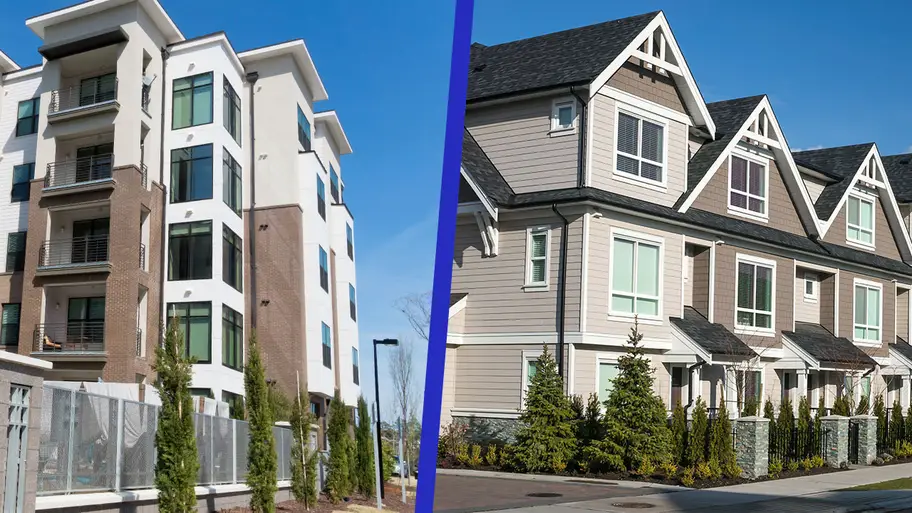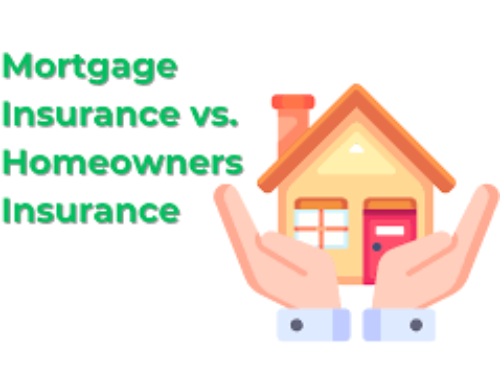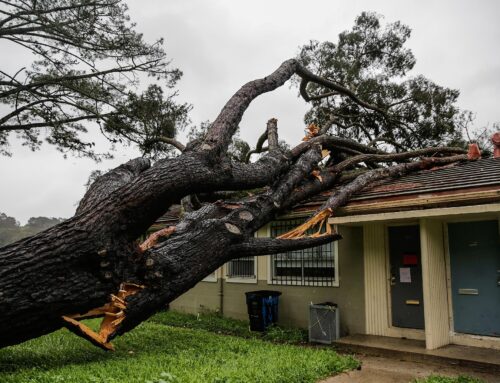A condominium is different from a house or an apartment in the sense that you own part of a building or a property, but not all of it. Insurance policies for condo owners is different, too.
Just like homeowners and renters, people who own a condo unit want to be insured against financial loss brought about by losses such as theft, fire, and lawsuits. But, a condominium will typically be covered by two separate insurance policies that protect different parts of the whole.
The first of these two policies will be held by your condominium association, or other administrative group. This policy is known as a master policy. This policy covers the structures and areas owned in common by all unit owners. This usually includes the roof and exterior walls, stairways, recreation rooms, elevators, swimming pool and grounds.
The other policy is your individual coverage, and it needs to protect your personal property (contents) and the portion of the building that belongs to you.
Here are the key differences between condo insurance and home insurance:
Condo Insurance:
- Unit Coverage: Condo insurance typically covers the interior of your individual condo unit. This includes your personal property, improvements or upgrades you’ve made to the unit, and fixtures within your unit (e.g., appliances, flooring, cabinets).
- Liability Coverage: It provides personal liability coverage if someone is injured in your condo unit. This coverage can help protect you in the event of a lawsuit.
- Loss Assessment Coverage: Condo insurance may include loss assessment coverage, which helps cover your share of special assessments by the condo association to repair common areas or other shared elements of the building.
- Dwelling Coverage: Unlike homeowners insurance, condo insurance doesn’t typically include coverage for the physical structure of the building or exterior. That’s the responsibility of the condo association’s master policy.
- Master Policy Coordination: Condo owners need to coordinate their insurance with the condo association’s master policy. The type of master policy (i.e., “all-in” or “bare walls-in”) will determine where the association’s coverage ends and where the individual unit owner’s coverage begins.
Home Insurance (Homeowners Insurance):
- Dwelling Coverage: Home insurance covers the entire structure of a single-family home, including the main house, attached structures (e.g., garage), and outdoor features (e.g., fences).
- Personal Property: It provides coverage for personal belongings both inside the home and outside the home, like items in your yard or storage shed.
- Liability Coverage: Home insurance includes personal liability coverage, protecting you if someone is injured on your property or if you are responsible for damages to others.
- Other Structures: Home insurance typically covers structures that are not part of the main dwelling but are on the property, such as detached garages, sheds, and fences.
- Loss of Use: Home insurance often includes coverage for additional living expenses if you cannot live in your home due to a covered event (e.g., fire or storm damage). This covers temporary lodging and related expenses.
- Land Coverage: Home insurance usually covers the value of the land itself, whereas condo insurance does not.
In summary, the main difference between condo insurance and home insurance is what is covered. Condo insurance focuses on your individual unit’s interior, personal property, and liability, while home insurance covers the entire structure, personal property, and the land. It’s crucial to understand what is covered by your condo association’s master policy and to coordinate your individual insurance accordingly. Condo owners may also pay lower insurance premiums compared to homeowners since they don’t need to insure the entire building.
For a comprehensive review of your condo or homeowners policy, Call the Major Agency at 470 641 1304.






Leave A Comment